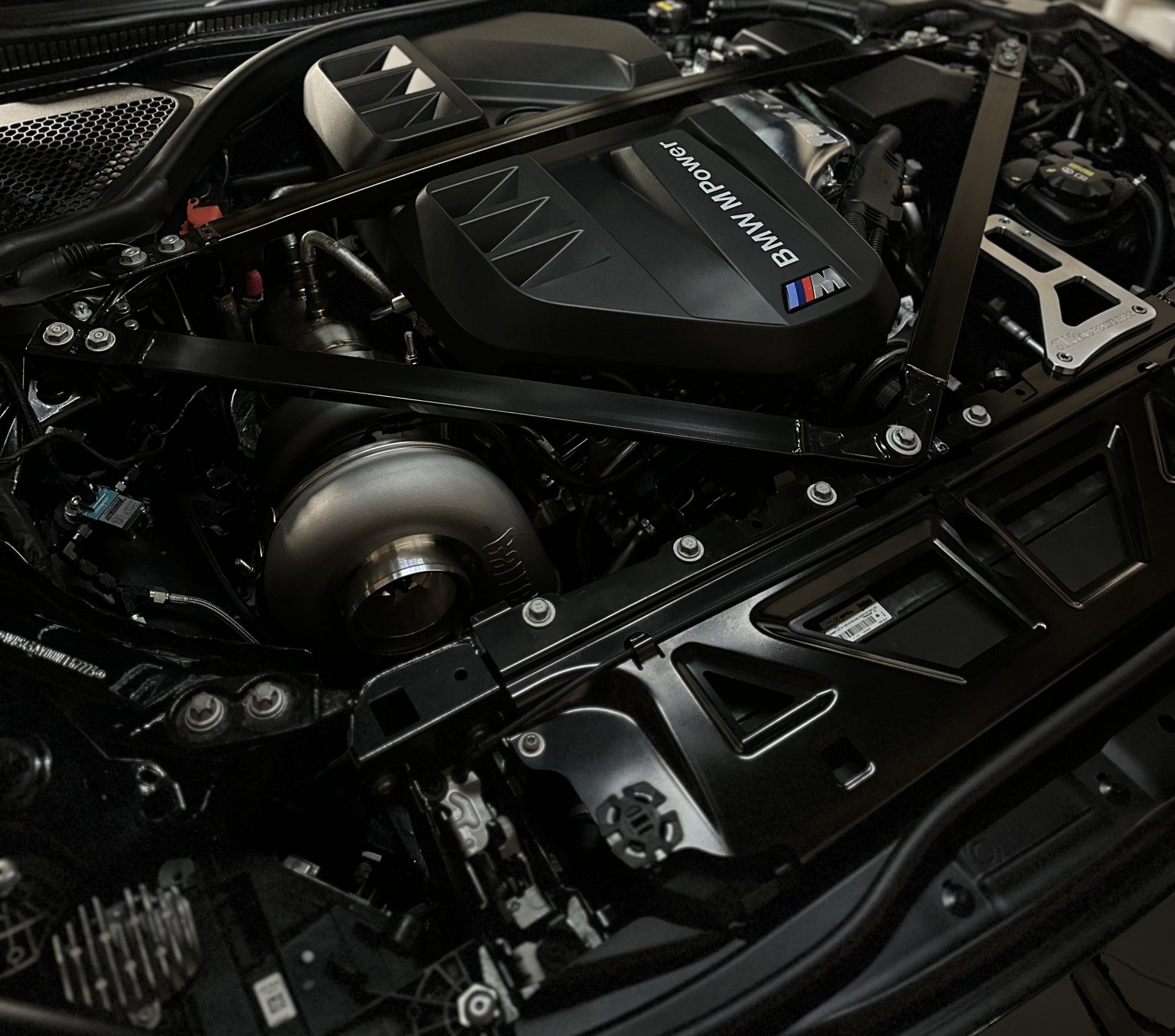Exploring the Development of Combustion Engines in Modern Transportation Solutions
As we navigate the landscape of modern transport, the development of combustion engines stands as a testimony to human resourcefulness and engineering expertise. The interaction of history, innovation, and environmental problems in forming the trajectory of combustion engines develops a narrative that is both compelling and informative.
Early Beginnings of Combustion Engines
Exactly how did the concept of burning engines very first arise in the onset of transport advancement? When the principles of internal combustion were first checked out, the origins of combustion engines can be mapped back to the 17th century. In 1673, Christian Huygens conceptualized a standard internal burning engine that used gunpowder to create power. However, it had not been until the late 19th century that practical applications of burning engines in transportation started to arise.
The advancement minute featured the innovation of the very first effective gasoline-powered engine by Karl Benz in 1885 - bmw engine. This engine led the way for the growth of the modern-day vehicle, changing transportation systems worldwide. Succeeding technologies by Nikolaus Otto and Gottlieb Daimler even more fine-tuned burning engine modern technology, resulting in the automation of autos and the rapid expansion of the transportation market
These early combustion engines were characterized by their simplicity and efficiency, laying the foundation for the complex and powerful engines made use of in modern transport systems. The advancement of burning engines has actually contributed fit the way we travel and transfer goods, marking a significant milestone in the background of transport advancement.
Shift to Internal Combustion Innovation
The shift to internal combustion modern technology noted an essential shift in the evolution of transport systems. This change began in the late 19th century, with inventors like Nikolaus Otto and Gottlieb Daimler establishing the first successful inner combustion engines. These engines revolutionized transport by using a much more efficient and effective choice to vapor engines and electric motors.
Among the crucial advantages of inner combustion engines was their ability to be reduced to fit into lorries, causing the advancement of vehicles and motorbikes. This change from bulky, fixed engines to compact, mobile ones led the way for the modern-day transport systems we see today.
The shift to internal burning technology additionally spurred innovations in fuel modern technology, resulting in the growth of gas and diesel as main gas sources for lorries. This shift not just made transport much more accessible to the masses however additionally laid the foundation for the oil and gas market to become indispensable to worldwide economic situations.
Impact of Combustion Engines on Transport
The adoption of burning engines in transport systems catalyzed a profound change in the effectiveness and speed of international movement. Burning engines changed transportation by offering a flexible and trusted source of power for different lorries, including autos, vehicles, aircrafts, and ships. This innovation considerably improved the capability for individuals and items to relocate over lengthy ranges in much shorter time structures, leading to increased connectivity between regions and nations.
Furthermore, the widespread use of combustion engines has had a significant influence on economic development. The ability to transfer goods efficiently has stimulated profession and business, enabling organizations to expand their markets and reach customers worldwide. This has actually promoted financial growth and globalization, as products can now be transported much faster and in bigger quantities than in the past.
Nevertheless, the ecological effect of combustion engines can not be overlooked. The burning of nonrenewable fuel sources has resulted in air pollution and greenhouse gas exhausts, adding to climate adjustment and posturing health and wellness dangers to populations. bmw engine. Because of this, there is a growing emphasis on creating alternate propulsion technologies to minimize these adverse effects and develop a much more sustainable future for transport
Developments in Combustion Engine Layout
Various advancements in burning engine design have actually driven the advancement of transportation systems over the decades. One significant development is the growth of turbocharged engines, which utilize exhaust gases to drive a generator that compresses inbound air, permitting even more fuel to be burnt, resulting in boosted power outcome without a significant rise in engine size. In addition, direct shot modern technology has boosted fuel efficiency and efficiency by precisely managing the quantity and timing of fuel injected right into the combustion chamber. Variable valve timing systems have actually also reinvented engine design by enhancing air movement at different engine speeds, boosting both power and efficiency. One more substantial advancement is the integration of light-weight products such as carbon fiber and aluminum alloys, decreasing total engine weight and moved here improving car gas economic situation. Furthermore, improvements in computer-aided layout have actually made it possible for engineers to enhance engine efficiency and performance through simulations before physical prototypes are developed, conserving time and sources in the growth procedure. These innovations collectively contribute to the continuous improvement of combustion engines in modern transportation systems.
Future Patterns in Combustion Engine Development
With modern technology developments driving continual development, the future of burning engine development is positioned to revolutionize transport systems around the world. One of the key fads in combustion engine advancement is the push in the direction of greater performance and minimized discharges.
An additional famous trend is the adoption of crossbreed modern technologies in combustion engines. Crossbreed engines integrate conventional combustion modern technology with electrical power, using boosted fuel performance and lower exhausts. As the automobile industry changes towards electrification, hybrid combustion engines are seen as a transitional service that bridges the void in between conventional cars and totally electrical ones.
Furthermore, the he has a good point integration of clever technologies, such as expert system and data analytics, is expected to play a considerable role in the future of combustion engine development. These modern technologies can enhance engine efficiency in real-time, causing more effective burning procedures and enhanced overall lorry performance. Accepting these future patterns will not only drive advancement in combustion engine growth however also contribute to an extra lasting and ecologically pleasant transportation ecological community.

Conclusion
Finally, the evolution of combustion engines in contemporary transport systems has been noted by substantial improvements in modern technology and design. From the very early beginnings of combustion engines to the shift to interior combustion innovation, these Continue engines have actually had a profound influence on transport. Developments in burning engine design remain to drive progression in this area, with future fads focusing on further boosting effectiveness and reducing emissions. The future of burning engines in transport looks promising as r & d initiatives continue to push borders.
The origins of burning engines can be mapped back to the 17th century when the principles of interior burning were very first discovered. These engines transformed transportation by offering a much more powerful and reliable choice to steam engines and electric motors.

Comments on “A Comprehensive Guide to Comprehending BMW Engine Specs”